Invasive ductal carcinoma or IDC is the most frequent kind of breast cancer (about 80% of all breast cancers), says a breast cancer surgeon in Kolkata. It gets its name from the fact that it starts in your milk ducts before spreading (invading) to the surrounding tissues. It can spread to the lymph nodes and perhaps other body parts if not diagnosed early. It can affect women of any age, although older women are more likely to be affected by this disease.
SYMPTOMS:
According to Dr. Soumen Das, one of the best breast cancer doctors in Kolkata, IDS is frequently asymptomatic, with the abnormality only detected during a mammography (X-ray of the breast). However, the following signs and symptoms should be kept in mind:
- Any swelling in the breast
- Lump or mass that was not there earlier
- Irritation or dimpling on the skin
- Pain in the breast
- Pain in the nipple/nipple turning inward
- Thickening or redness of nipple or skin on the breast
- Nipple discharge
- The appearance of a lump in the underarm
DIAGNOSIS:
Invasive ductal carcinoma is generally diagnosed using a combination of physical examination and imaging (tests) as recommended by a breast cancer surgeon in Kolkata.
Physical Examination: Any unusual swelling or lump will be felt by your doctor in the lymph nodes (under the armpits and above the collarbones).
Mammogram: Early indications of breast cancer can be detected. IDC can manifest itself in the form of abnormal, finger-like extensions into other tissues.
Ultrasound: If your mammogram reveals abnormalities, your doctor may request an ultrasound for further confirmation.
Breast MRI: A breast MRI is a type of MRI that looks at the inside of the breast. In complicated circumstances,the best breast cancer doctor in Kolkata may request for an MRI.
Biopsy: When cancer is suspected, the doctor will perform a biopsy to confirm the diagnosis. A tiny incision is used to collect cells from the breast, which are then inspected under a microscope for abnormalities.
TREATMENT:
Surgery: Surgery is generally the first treatment option for removing a breast tumour in most situations. Breast cancer surgery is determined by the cancer’s stage, grade, and other criteria specific to your case. When a huge tumour or cancer rapidly spreads to the lymph nodes and other regions of the body, then it requires hormonal therapy or chemotherapy to decrease it, which helps to make the surgery convenient.
Surgical procedures may include the following:
- Lumpectomy:The lump and some surrounding tissues and lymph nodes in the underarm are removed.
- Mastectomy:This procedure might be simple or radical. Only the affected part of the breast is removed occasionally, combined with lymph nodes in the former. The affected breast is completely removed in the latter.
Other treatment procedures also include:
- Breast Reconstruction: It is a procedure in which a surgeon reconstructs the removed breast. This treatment can be done right after the mastectomy or later, depending on your preferences and your doctor’s recommendations.
- Radiation Therapy: It directs high-energy rays at the breast, chest area, under the arm, and/or collarbone area to eliminate any IDC cells that may be left behind (recommended after surgery). This therapy also lowers the risk of cancer coming back.
- Chemotherapy: In addition to local therapies like surgery and radiation therapy, chemotherapy is often needed to destroy cancer cells that have migrated to other body regions. This medication is frequently used to lower the chances of cancer recurrence.
Schedule an appointment with Dr. Soumen Das for the best cancer treatment in Kolkata if you notice any unusual changes in your breast tissue or develop any concerning symptoms.


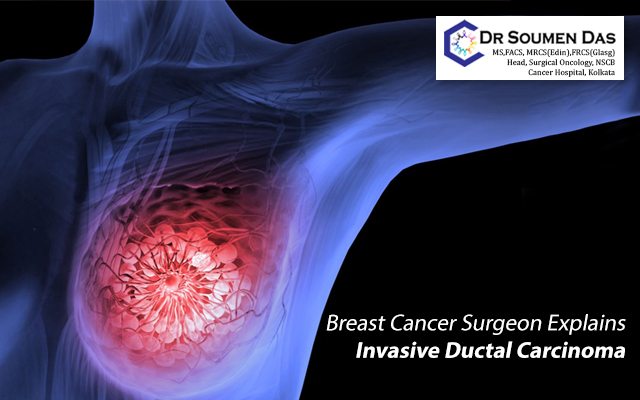
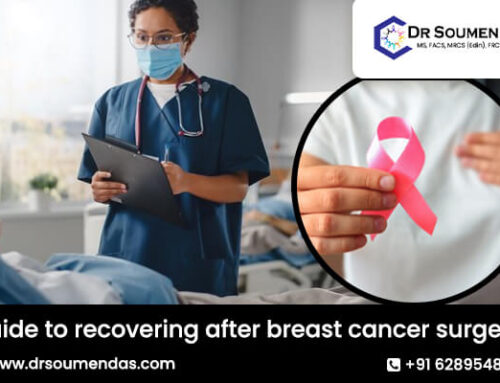
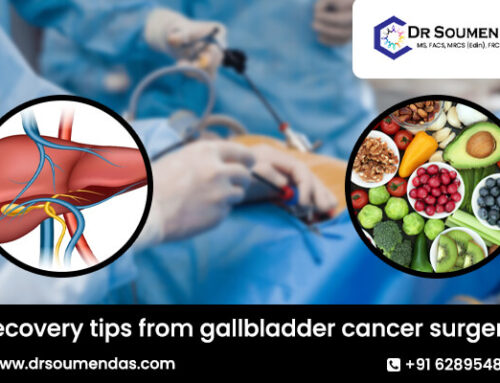
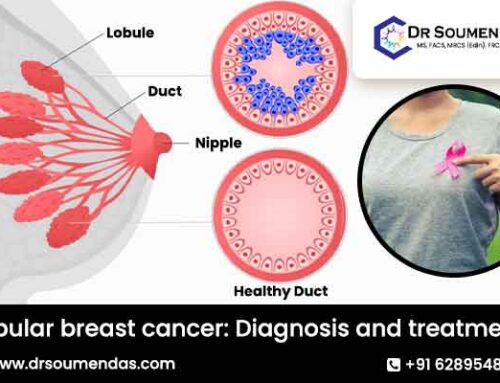
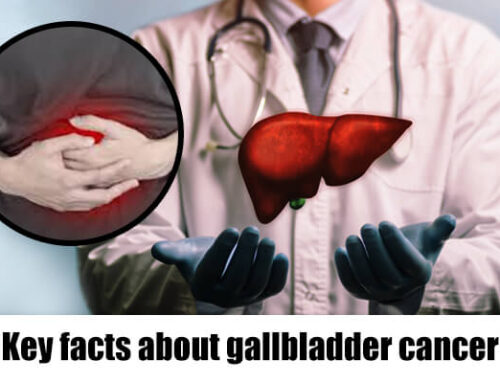
Leave A Comment